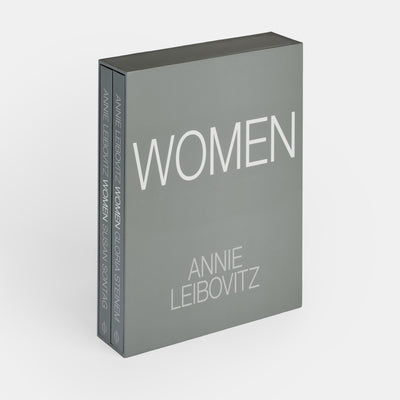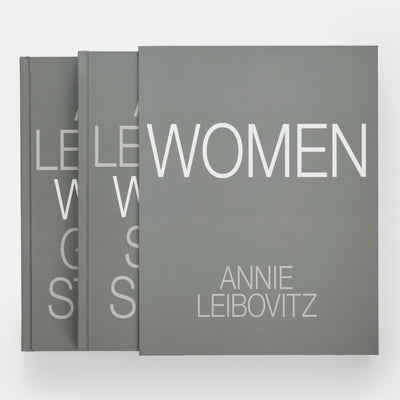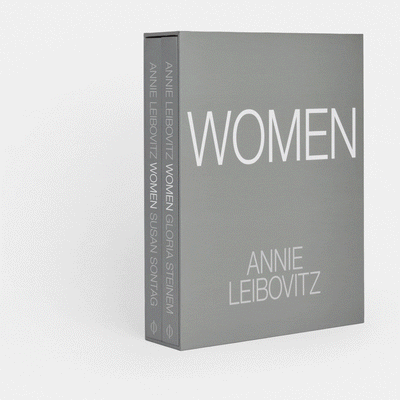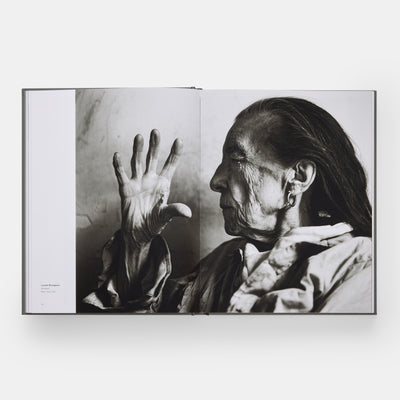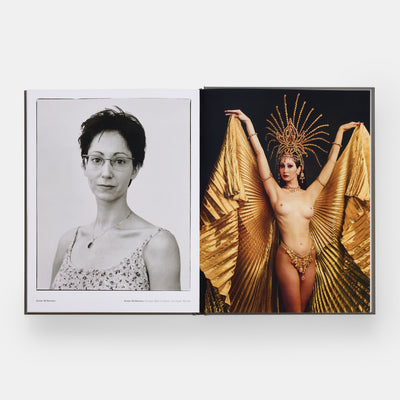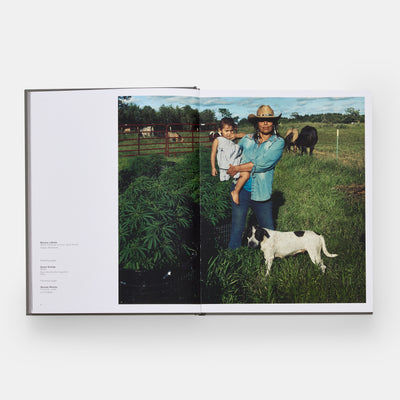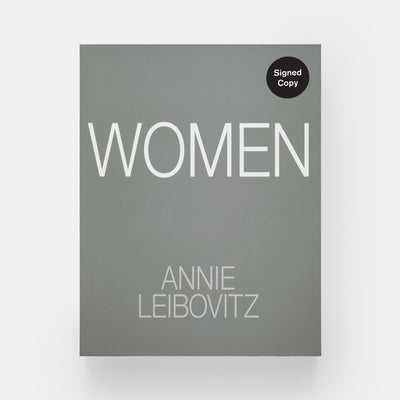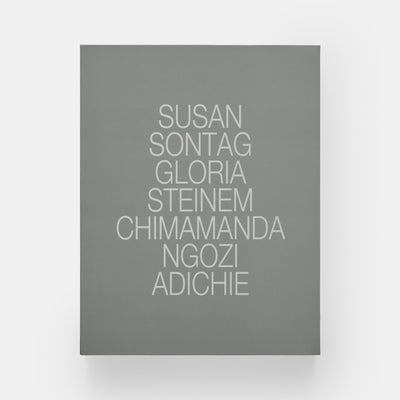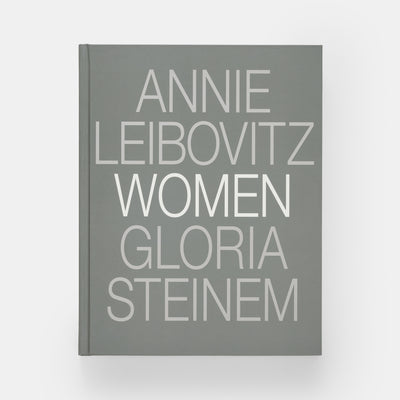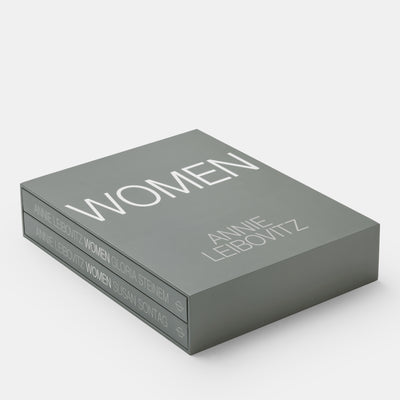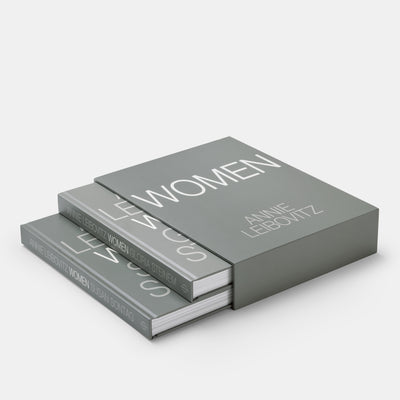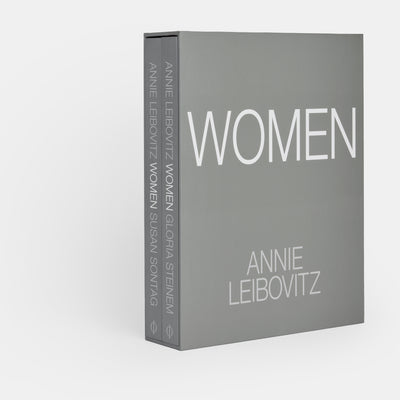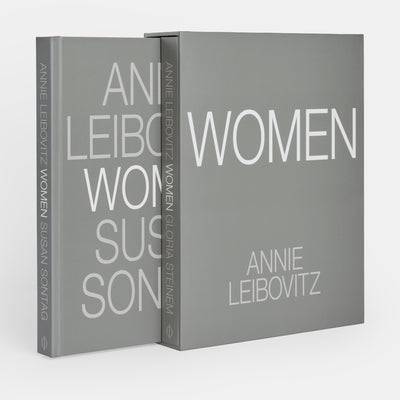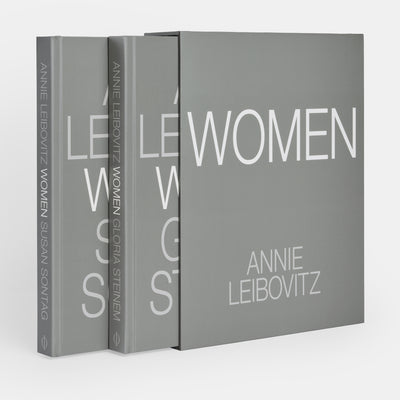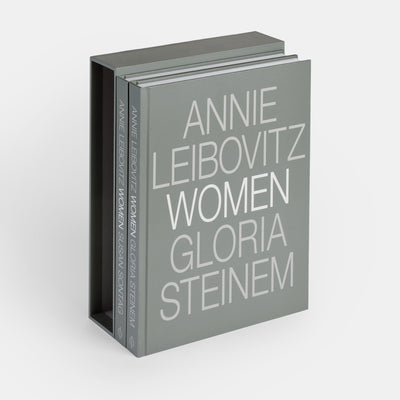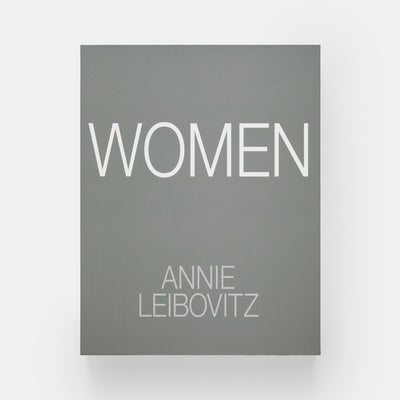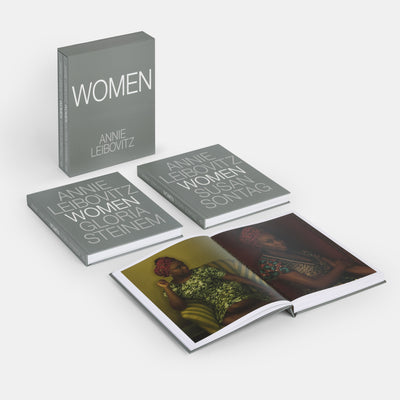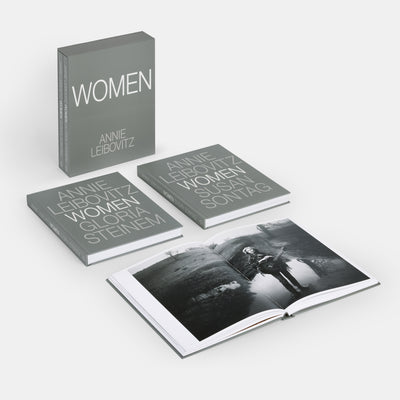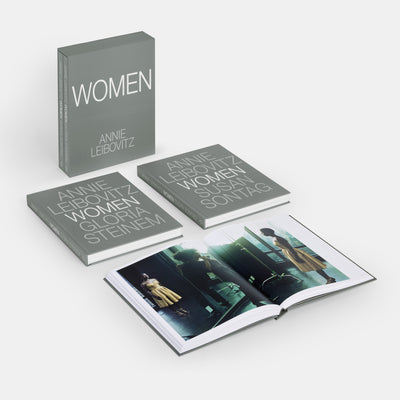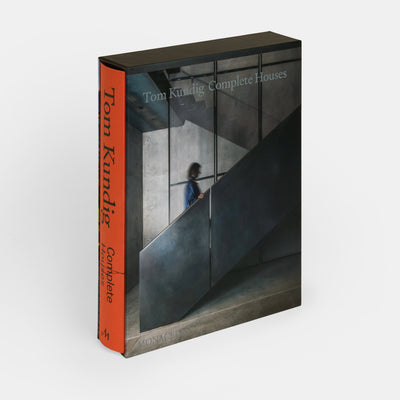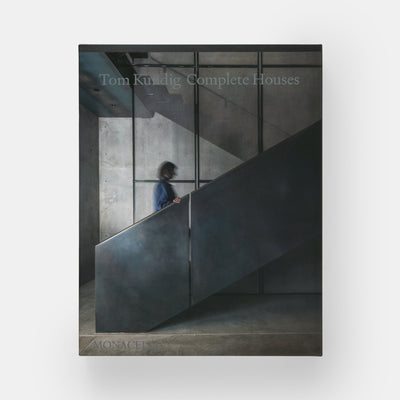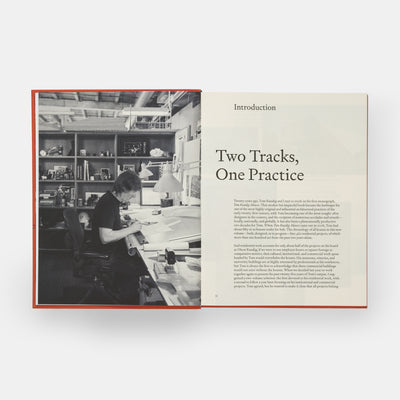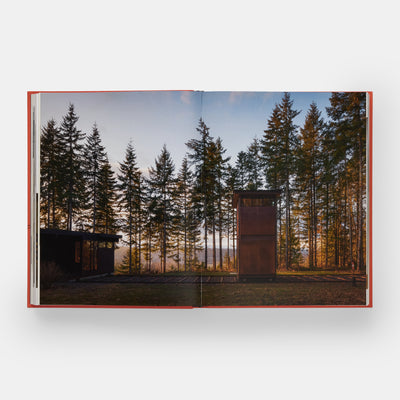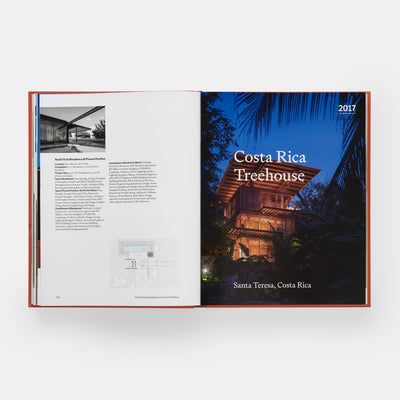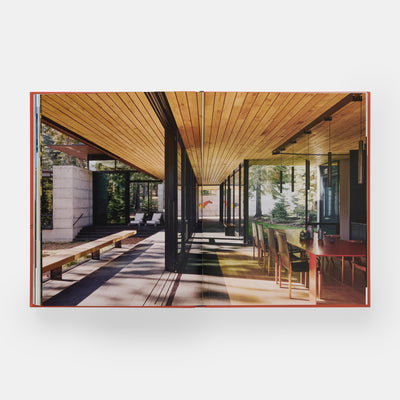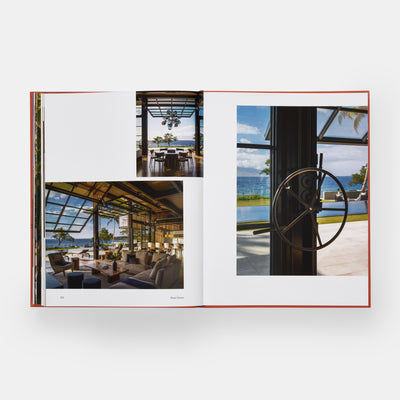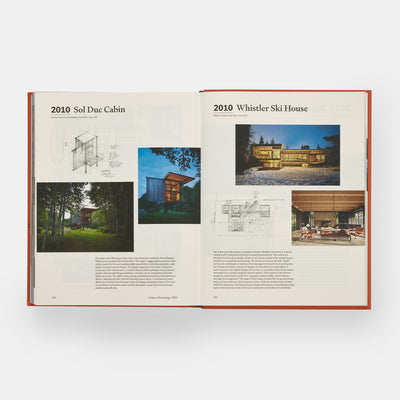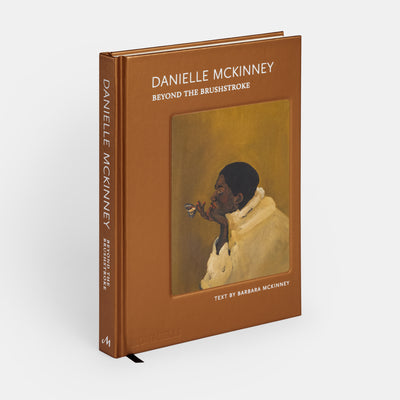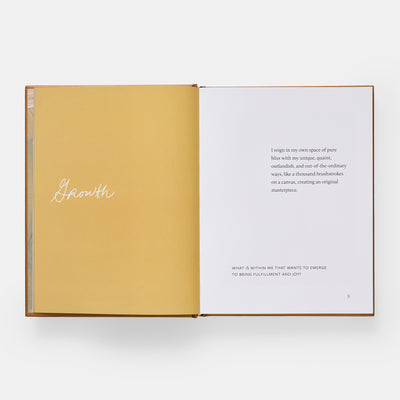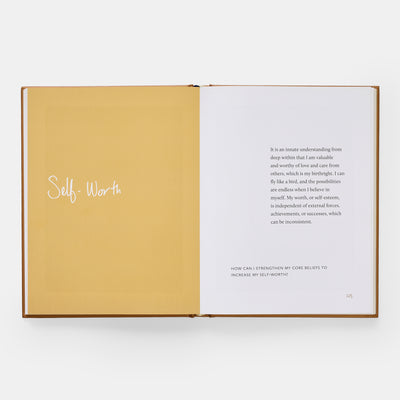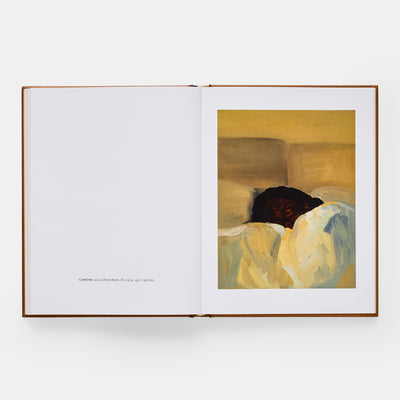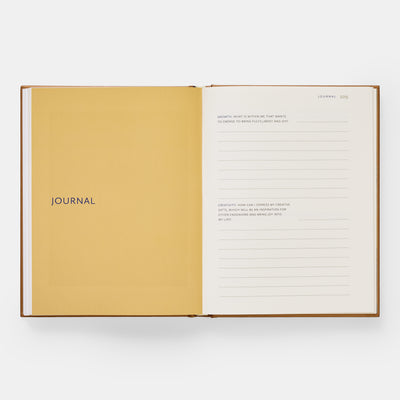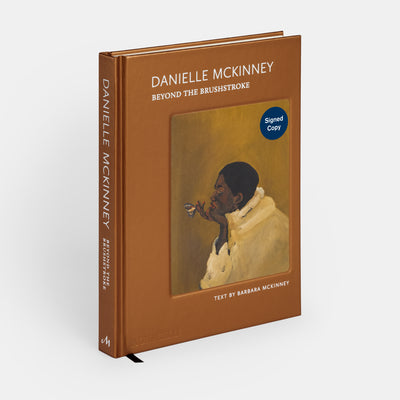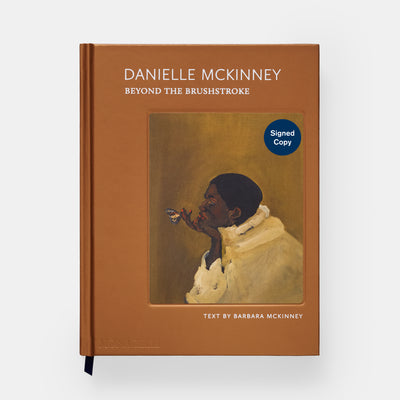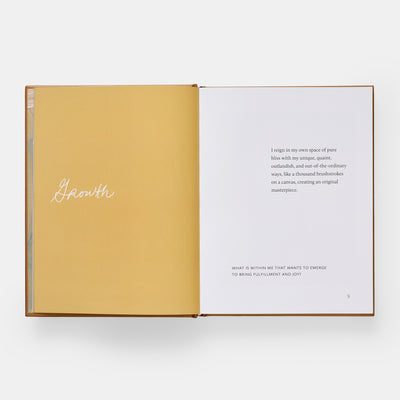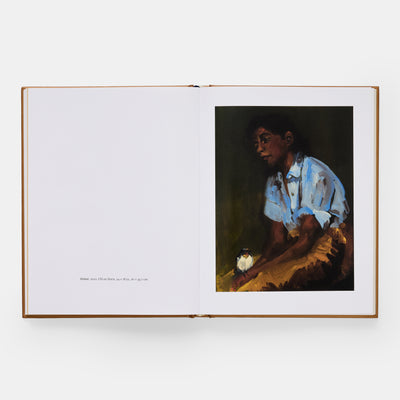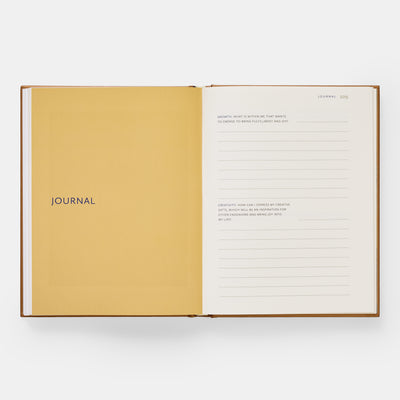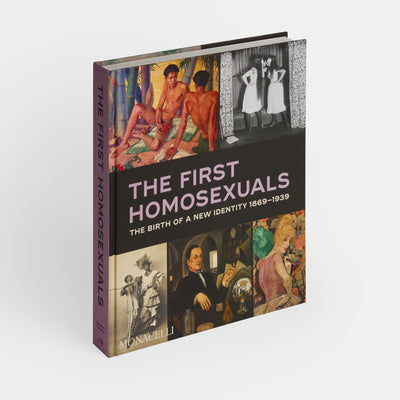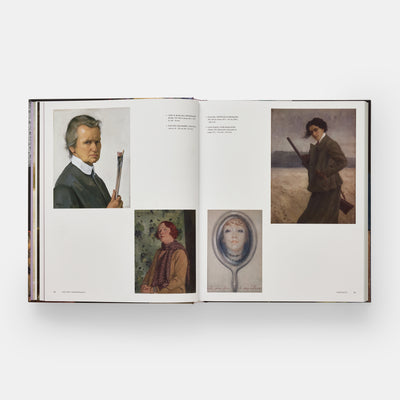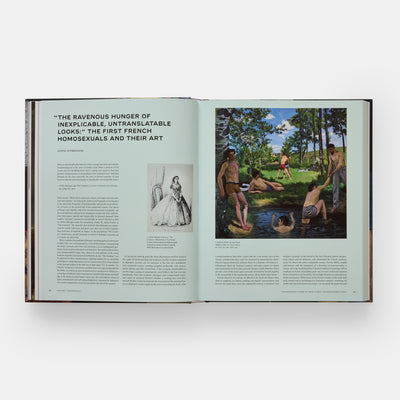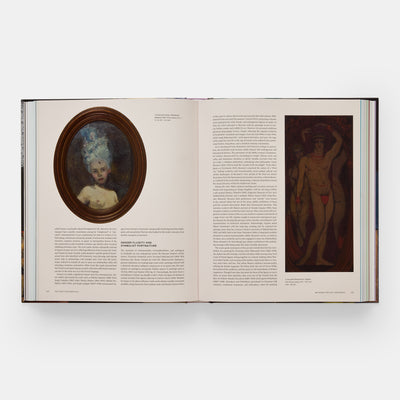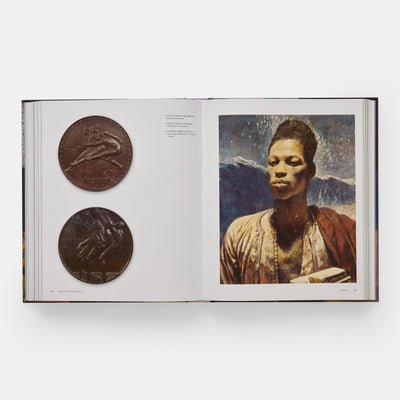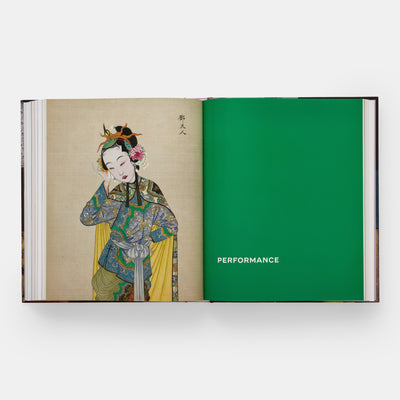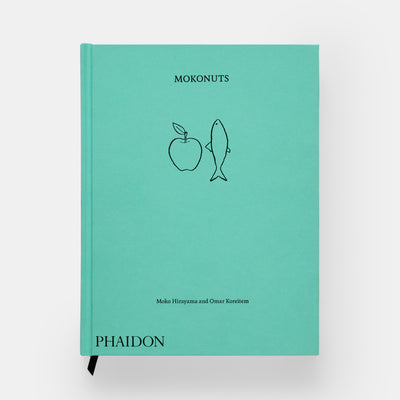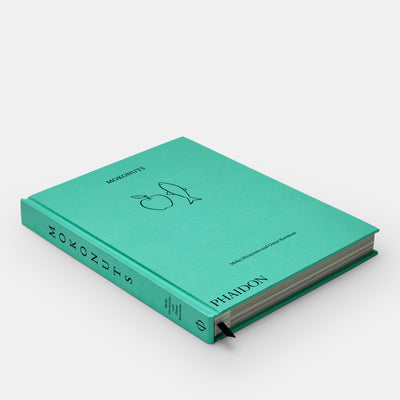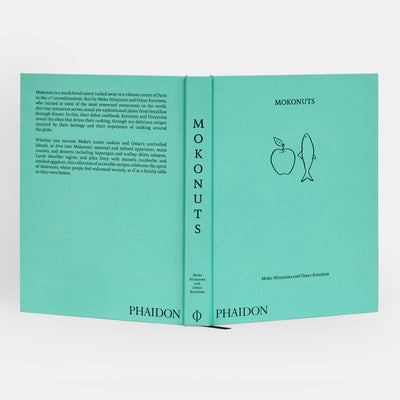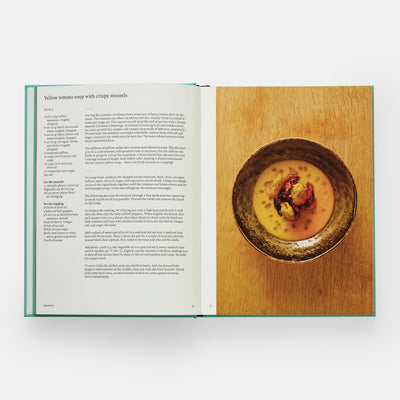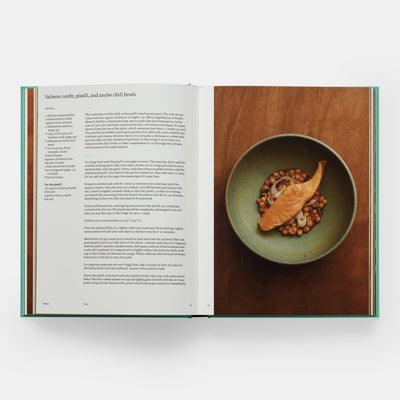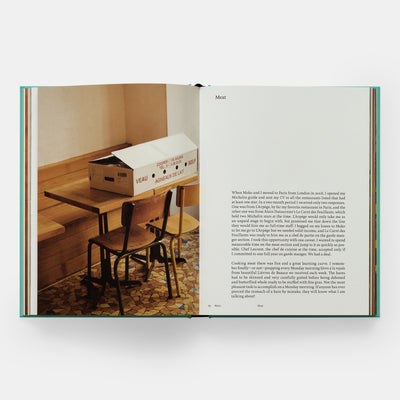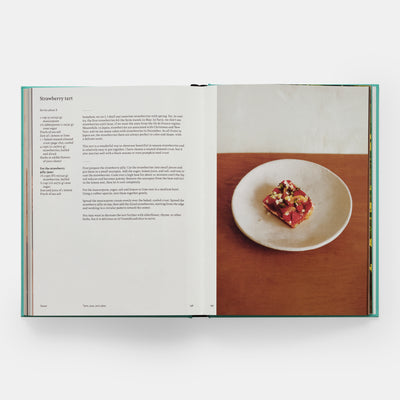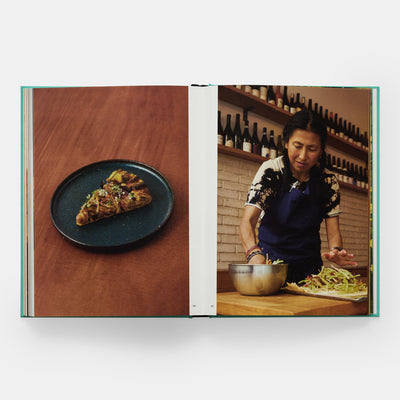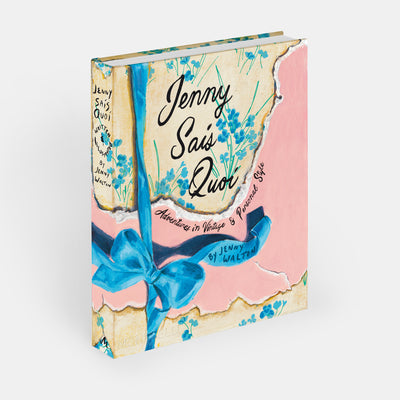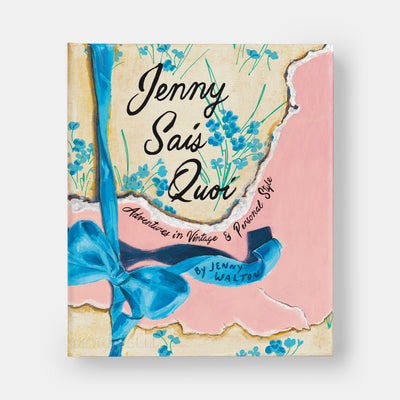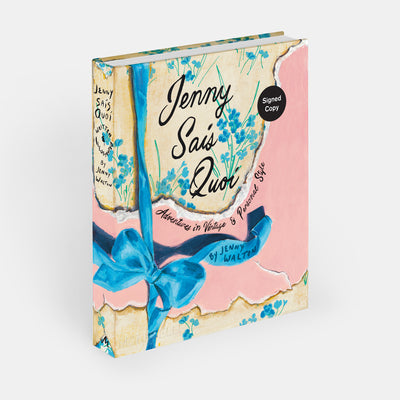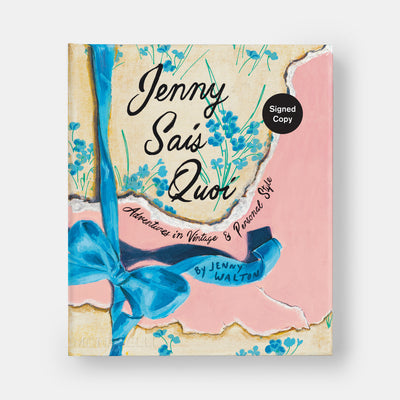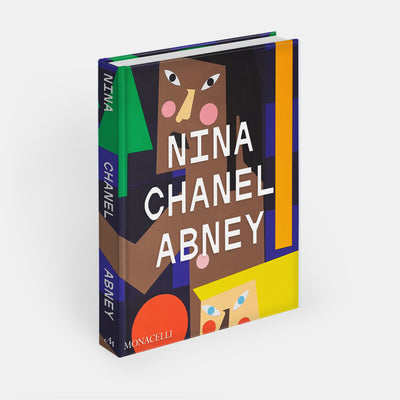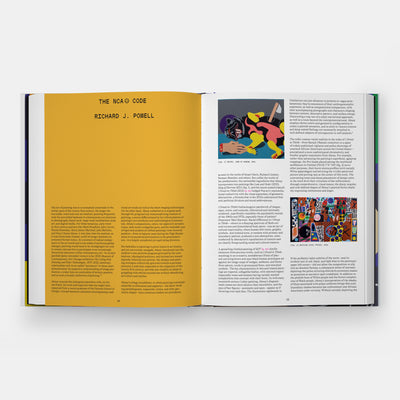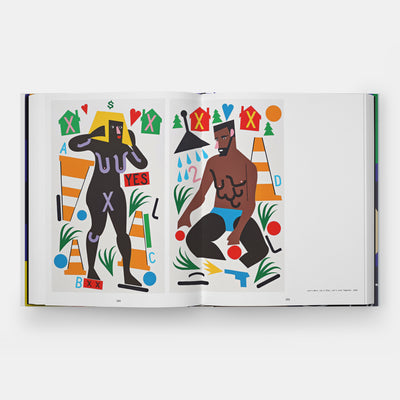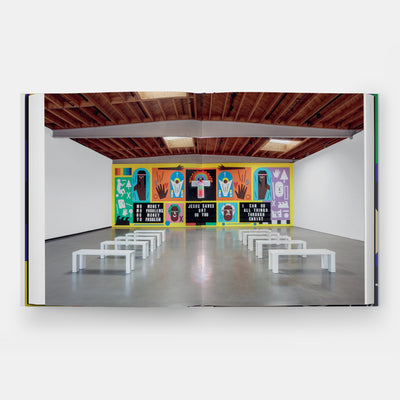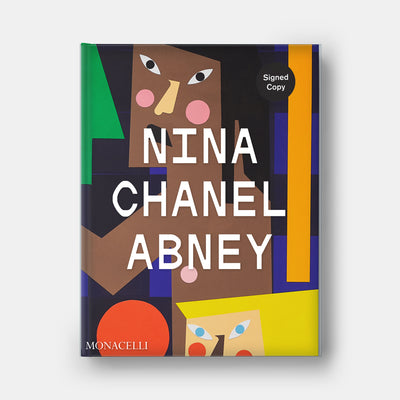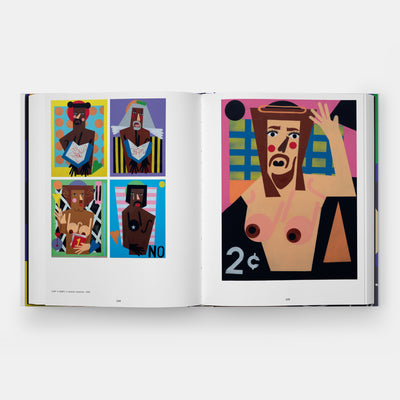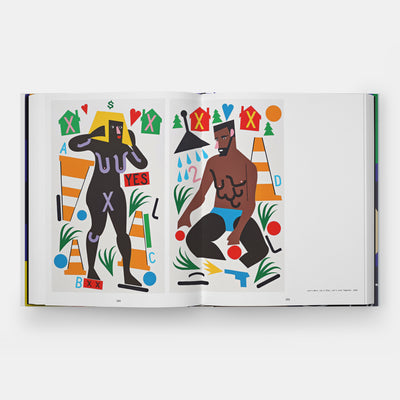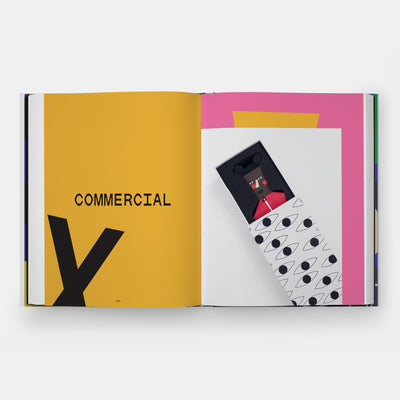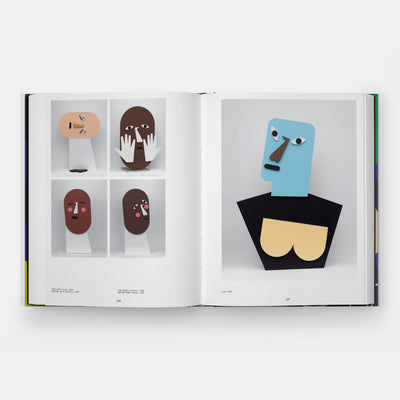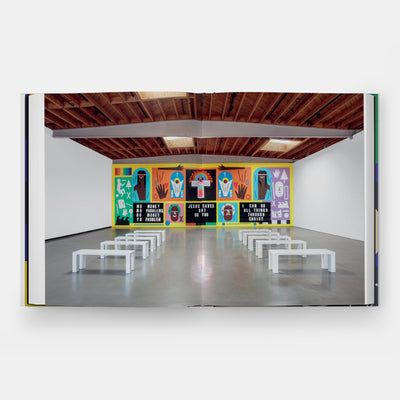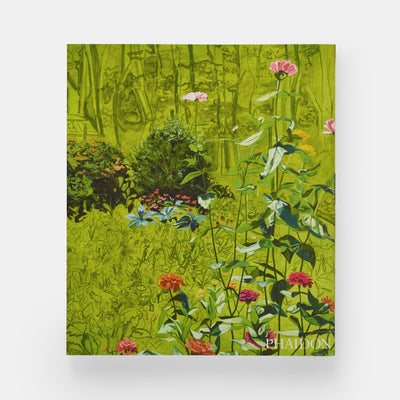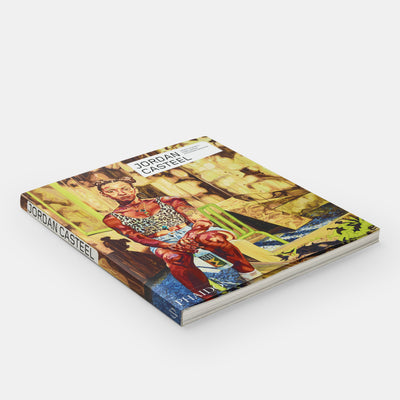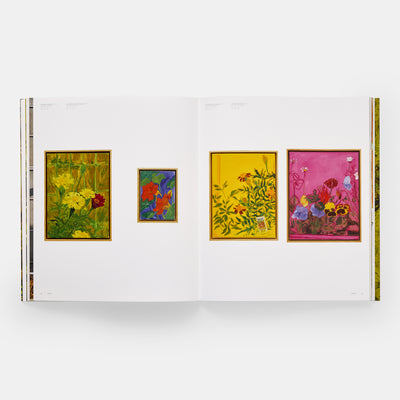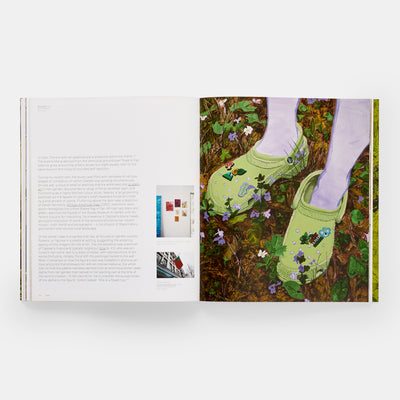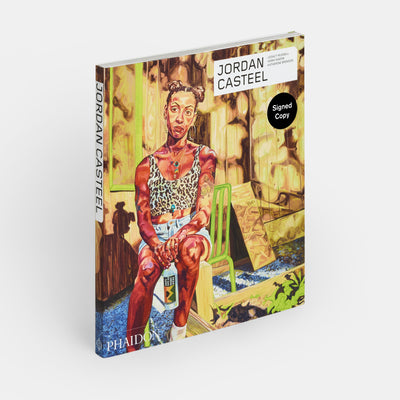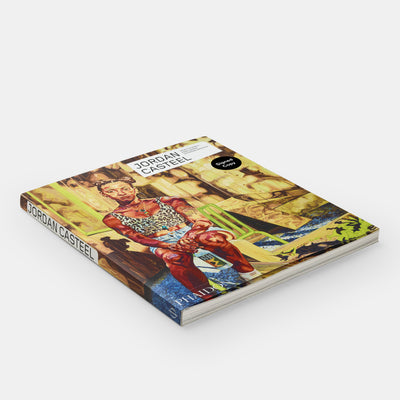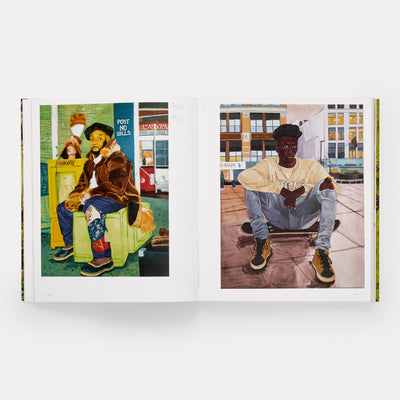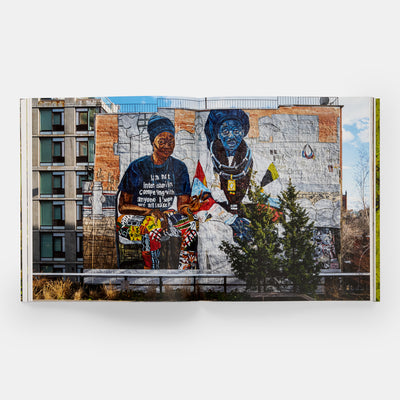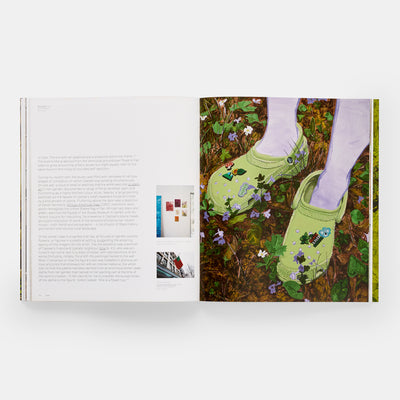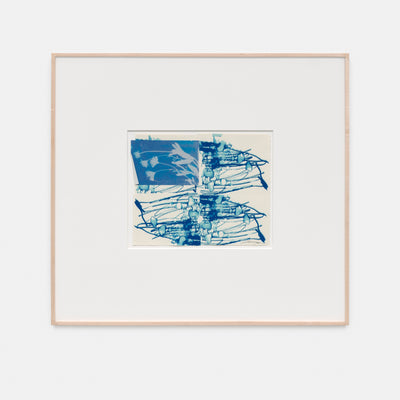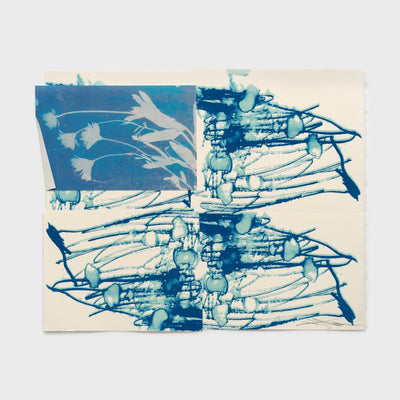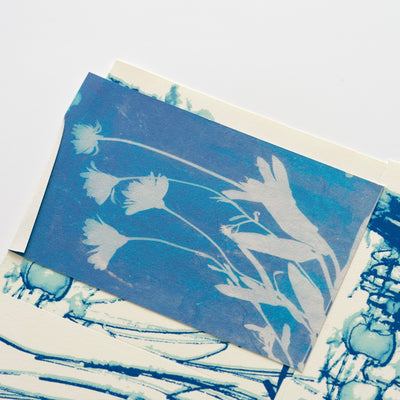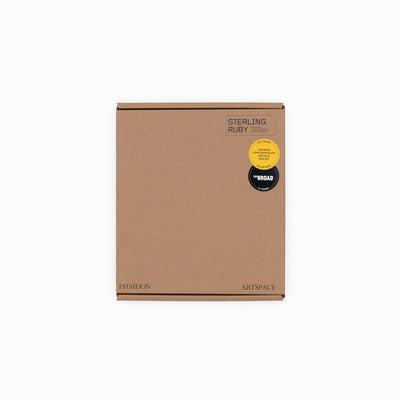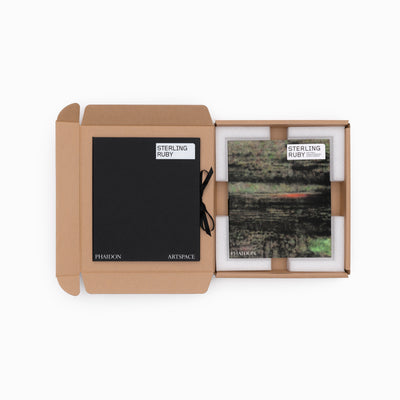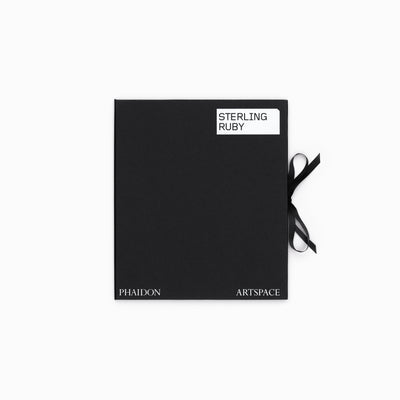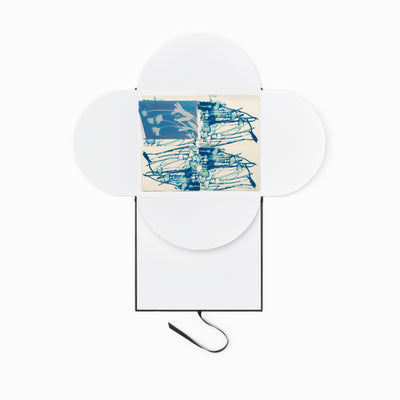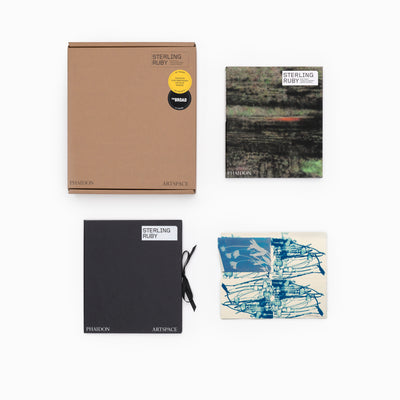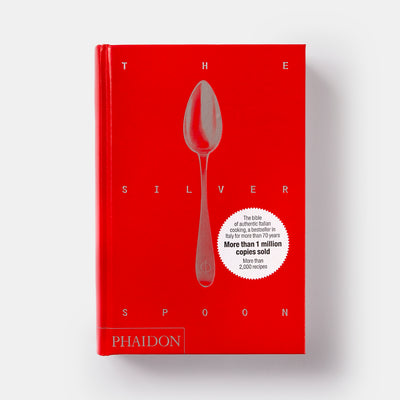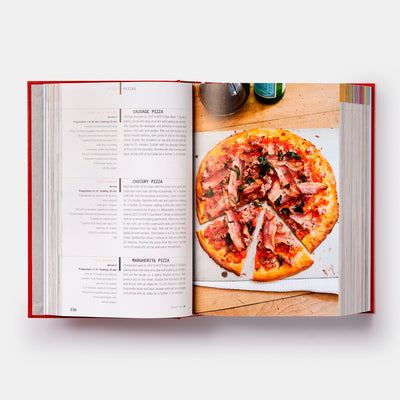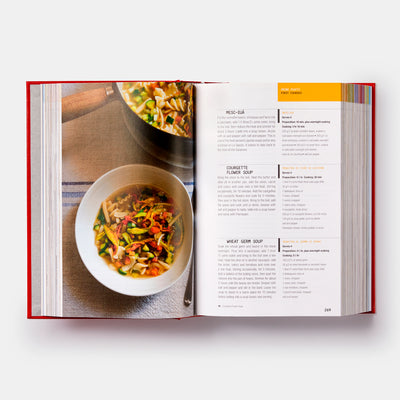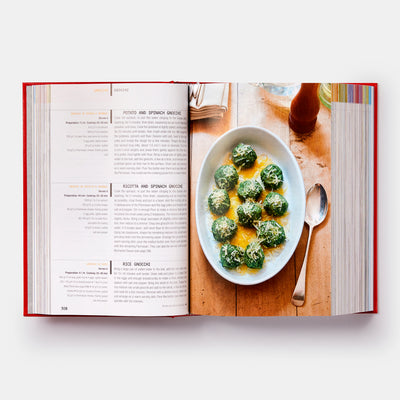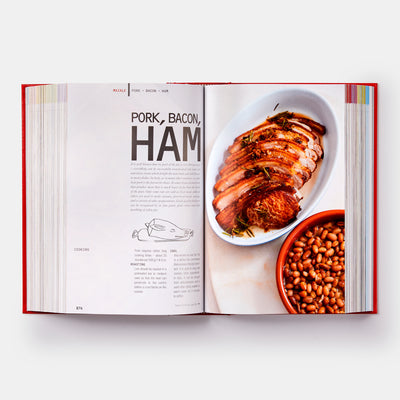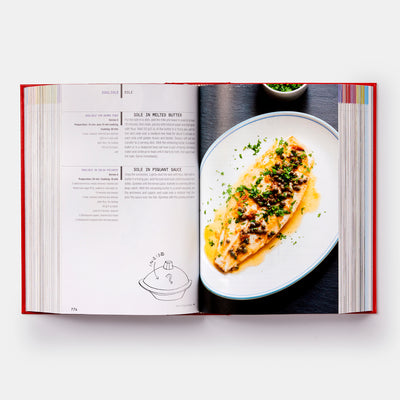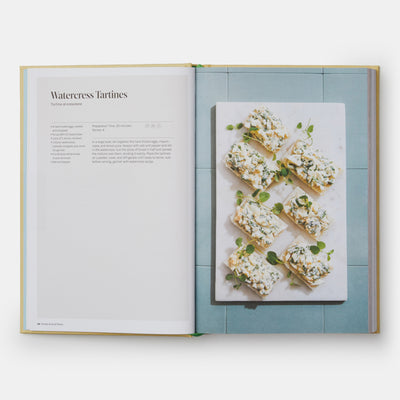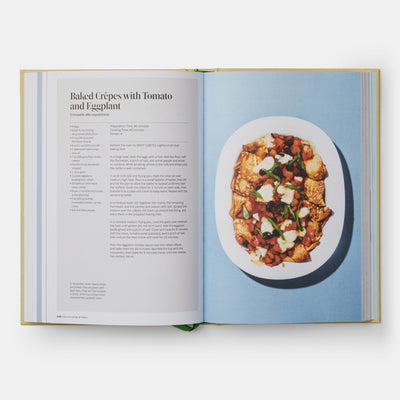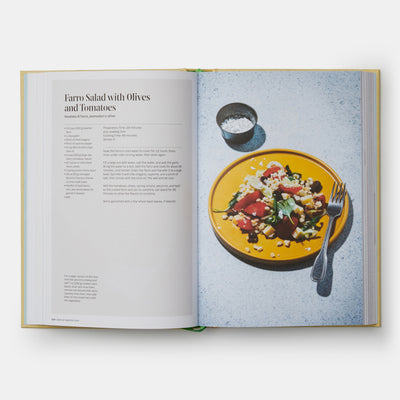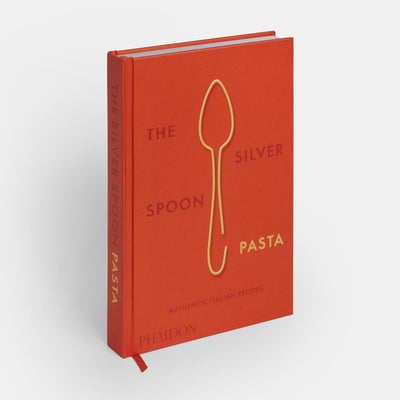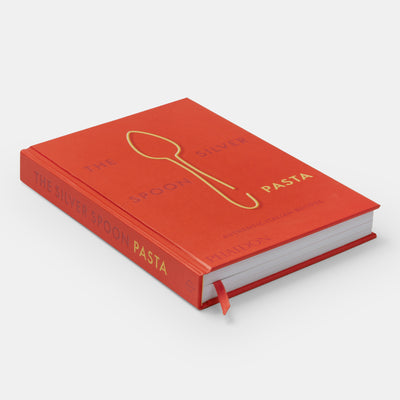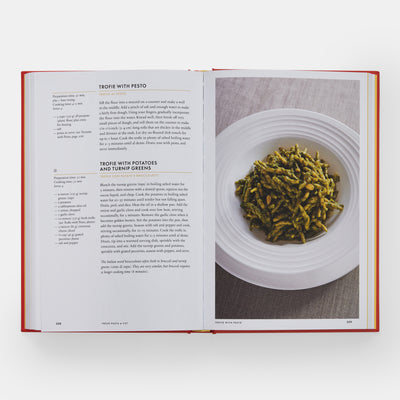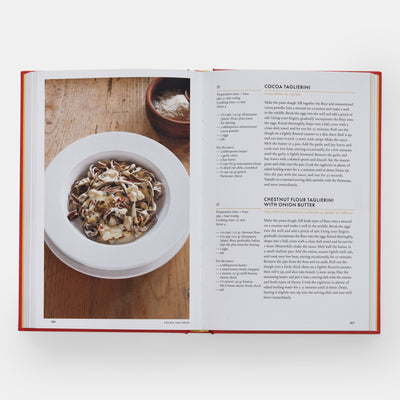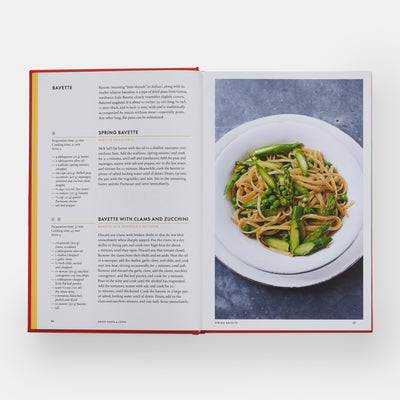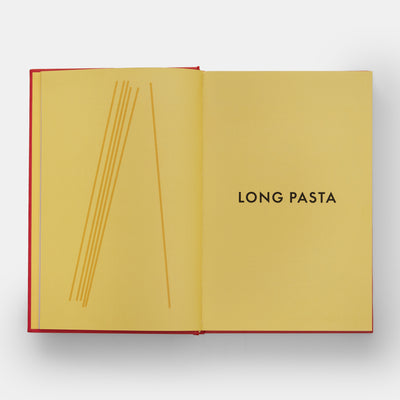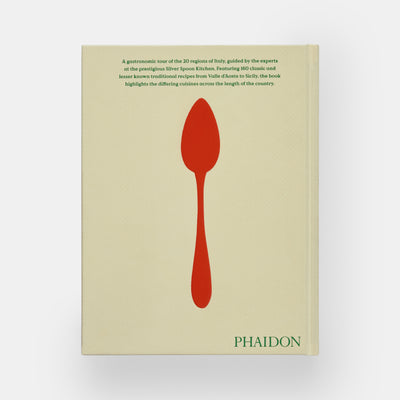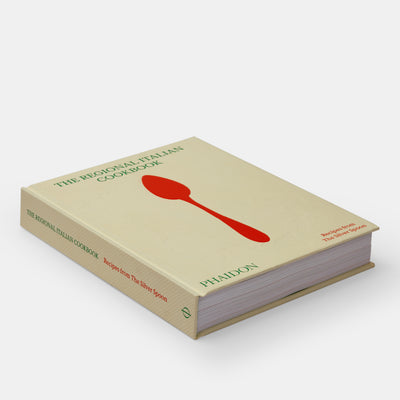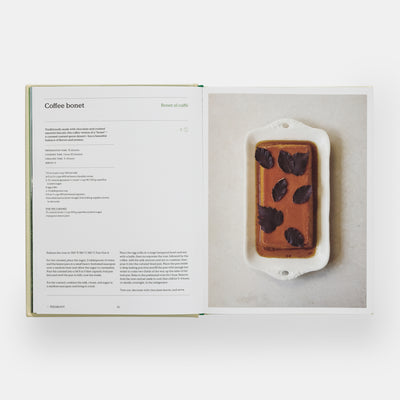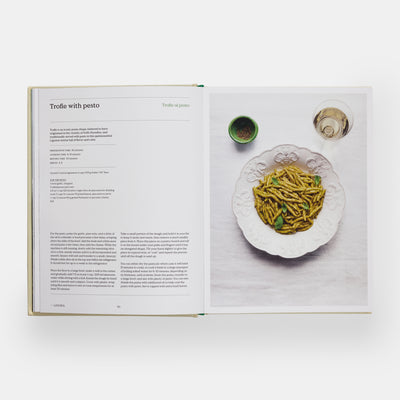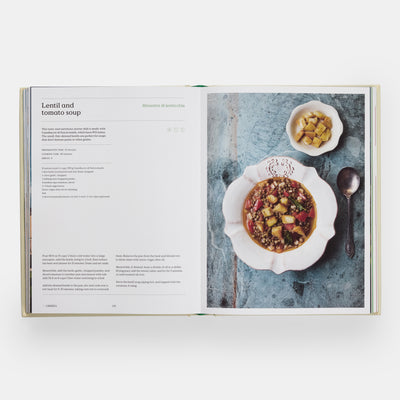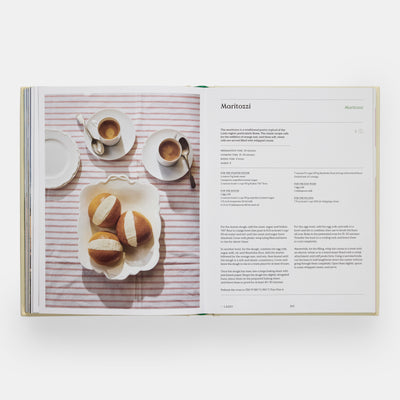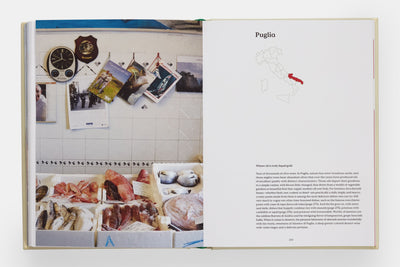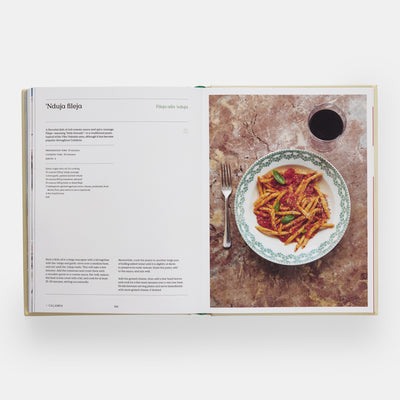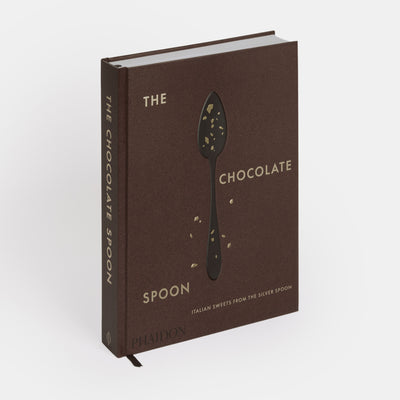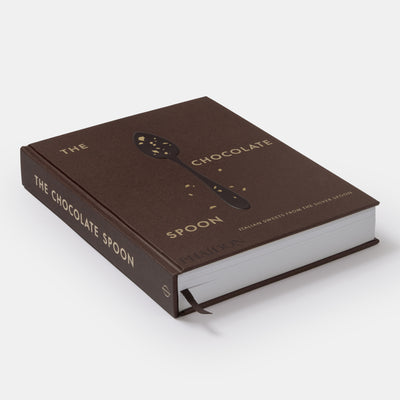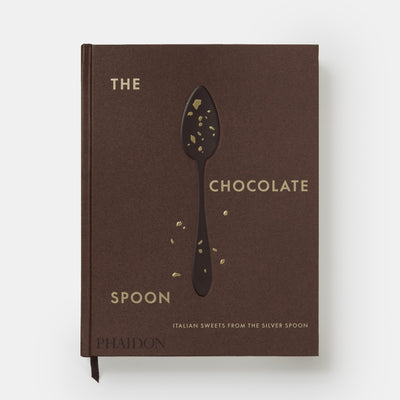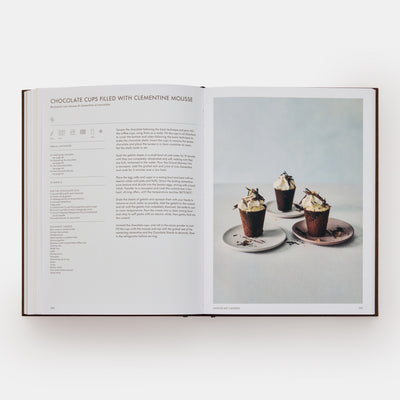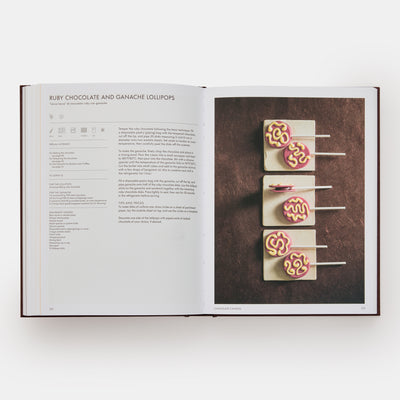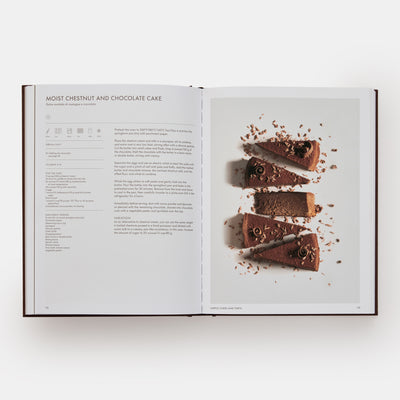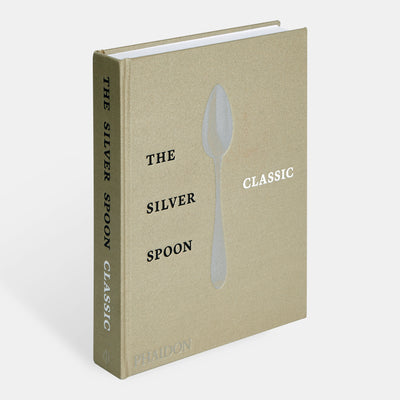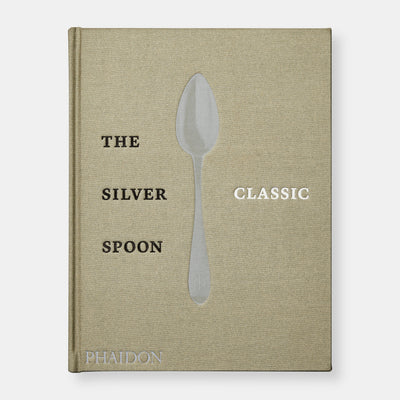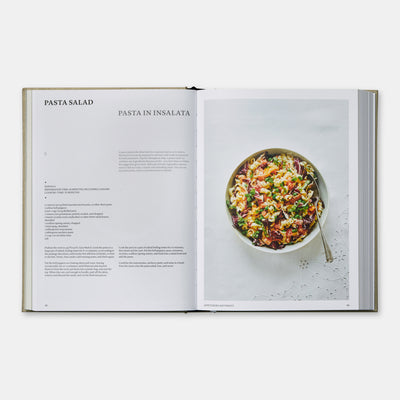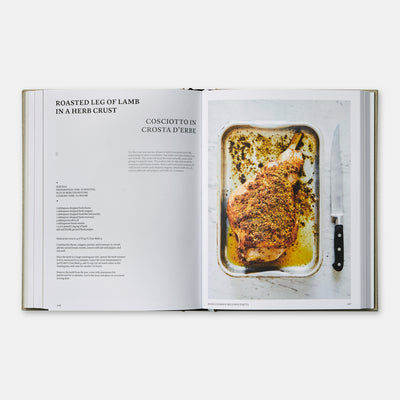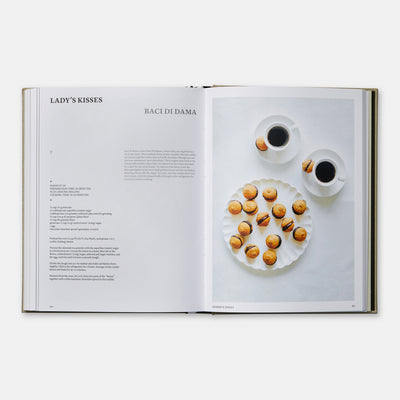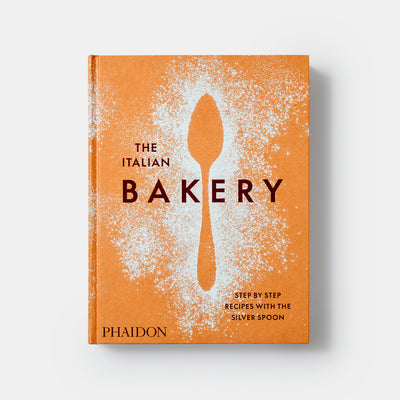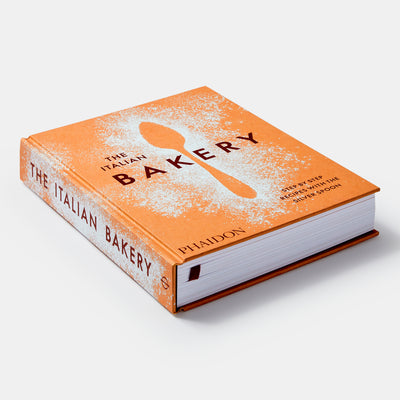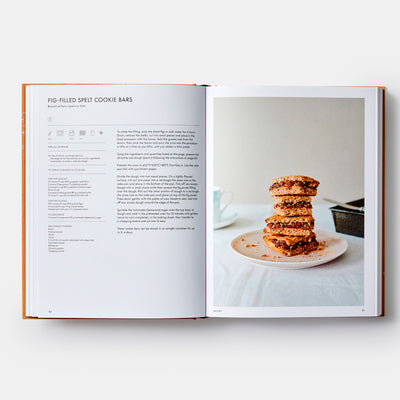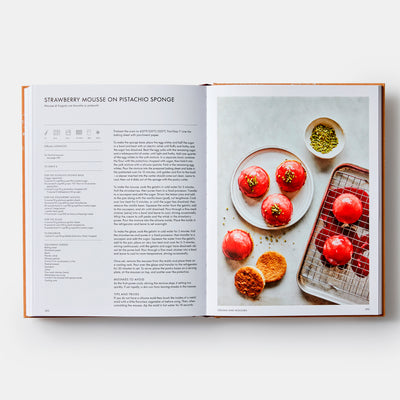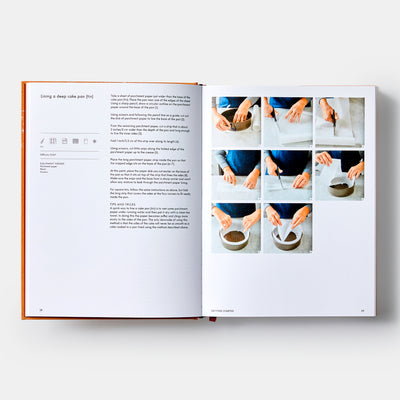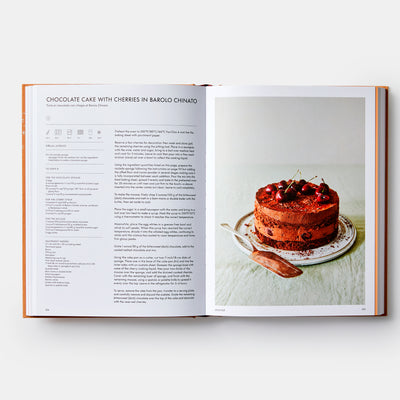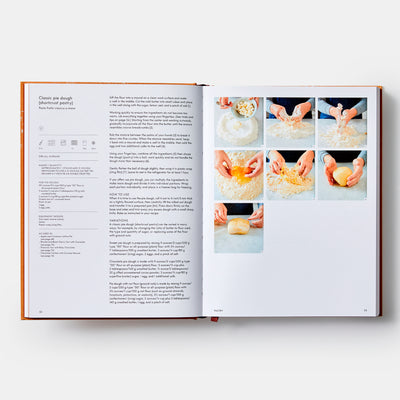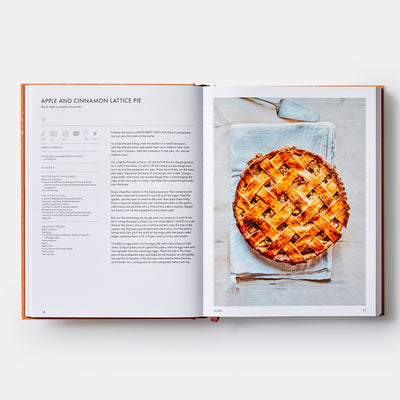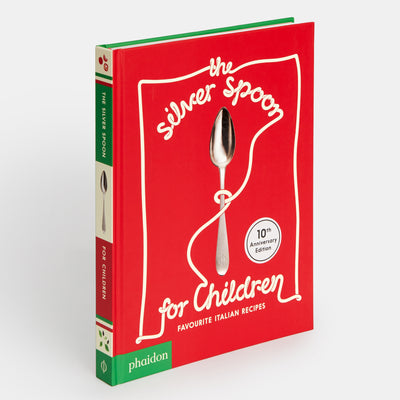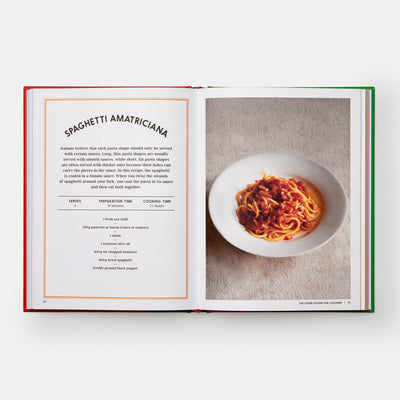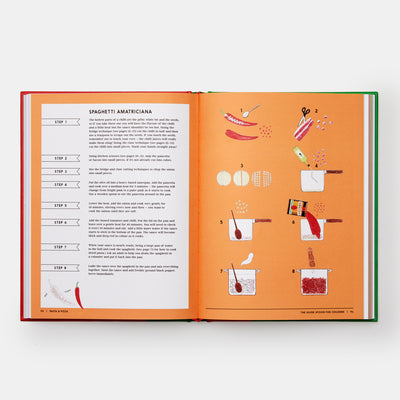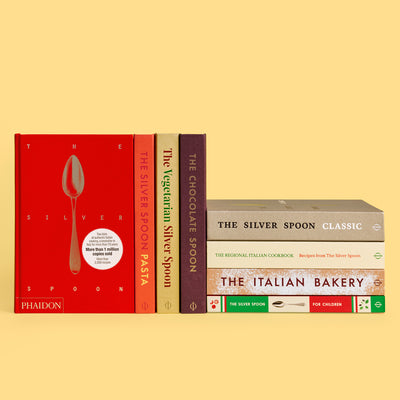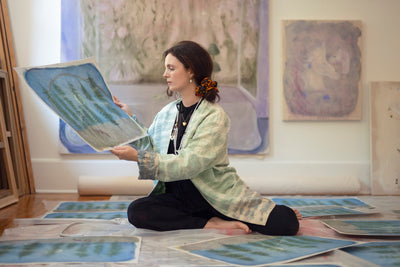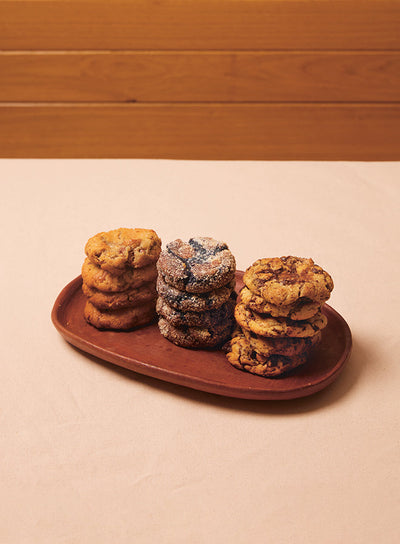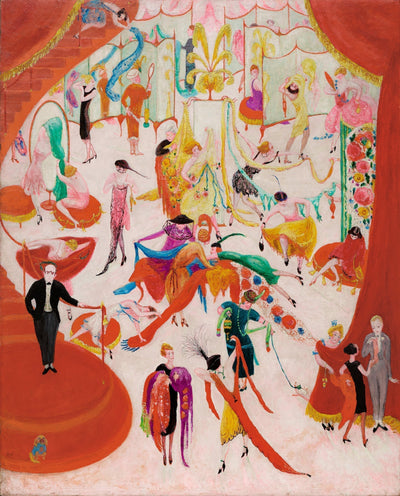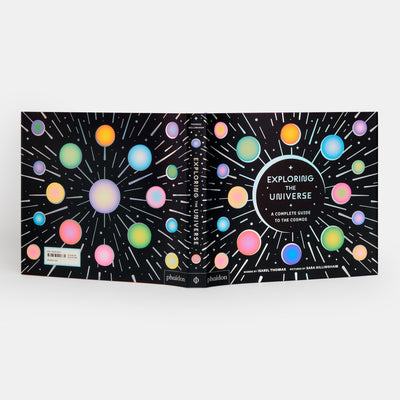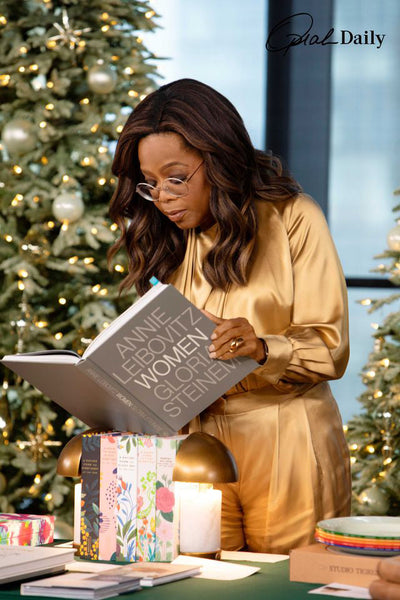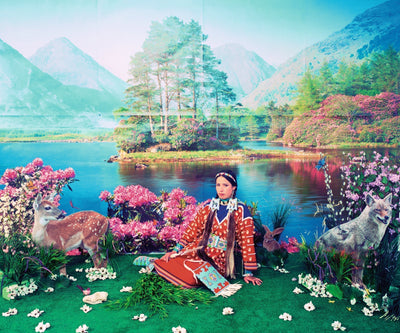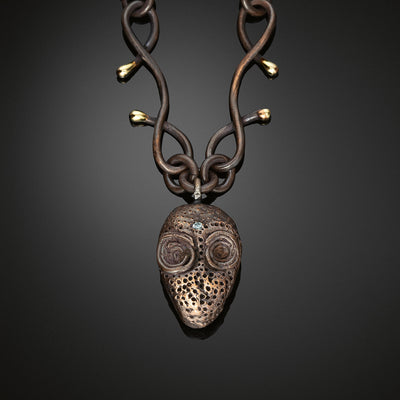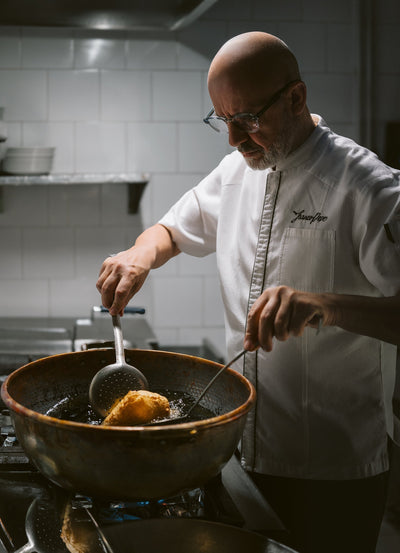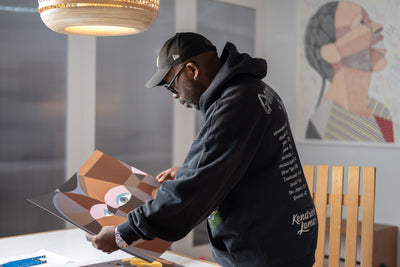If you encounter one of Sterling Ruby’s smaller scale DRFTRS paintings on a gallery wall, don’t expect to have a similarly sized reaction. Best known for his large scale poured-urethane sculptures, ceramics, sewn and bleached textiles, and loud, bruising canvases, The Dutch American artist has, since 2012,created this quieter, sly body of work: small, hybrid collages on paper whose title is an abbreviation of “drifter.”
Yet though these nomadic images, created from Ruby’s collection of photographs and ephemera, may often be smaller in scale, their expressionistic landscapes in which collaged fragments appear to float across memory and time, are a deeply affecting private excavation of popular culture and the artist’s private obsessions.
In many of the DRFTRS collages, images of burial grounds, prescription packs, institutional spaces and other fraught motifs appear as fragmented clues rather than explanations. Ruby has called collage an “illicit merger,” a phrase that succinctly captures how his pasted imagery collides, occasionally violently, with paint, glue and the assorted ephemera and detritus of making.
Ruby describes himself as “a kind of manic, paranoid person. Always having a place to go helps,” he has said when attempting to explain the prodigiousness of his artistic output. His DRFTRS series are an outlet for that manic energy. And now Phaidon, in conjunction with The Broad museum, are releasing a limited edition from the series.

DRFTRS (Daisy Ghost), 2025 - photography Garrett Carroll
DRFTRS (Daisy Ghost), 2025 is a two-color lithograph with digital collage, debossing, and cut edges on Rives heavyweight paper. It is an edition of 180, with 20 APs each signed and numbered by the artist. It measures 9 x 11.25 inches and is priced $1,900.
The edition was co-commissioned by Phaidon and The Broad to mark the 30th anniversary of Phaidon’s Contemporary Artists Series—which features Ruby’s monograph—and the 10th anniversary of The Broad, where his work is part of the permanent collection. The edition will debut with a special public event at The Broad in Los Angeles on November 6.
DRFTRS (Daisy Ghost), 2025 incorporates collage and lithography and exemplifies a painterly approach to printmaking. Layers of rich monochromatic hues intertwine with gestural lines to create a dynamic composition and surface details that allude to landscape, archeology, and cyanotype.
Ruby is renowned for a multidisciplinary practice spanning painting, sculpture, ceramics, textiles, collage, video, and installation. His sustained engagement with the complexities of contemporary life encompass themes of violence, confinement, societal pressures, and transformation through a rigorous focus on material and artistic process. His work compiles fragments of the everyday into reflections on cultural tension and the human condition.
“When everything comes together in these collages it’s like an optical case of what’s real and what is not,” Ruby says.
Ruby’s work is held in public collections include the Guggenheim Museum NY; the Whitney Museum of American Art NY; MoMA NY; The Broad, Los Angeles; and LACMA, Los Angeles; among others. Founded in 2015 on Grand Avenue in downtown Los Angeles by philanthropists Eli and Edythe Broad, the Broad museum offers free general admission and presents an active program of special exhibitions and innovative live events, all within a landmark building designed by Diller Scofidio + Renfro.
We asked Sterling Ruby a handful of questions about DRFTRS (Daisy Ghost), 2025.

Sterling Ruby signing DRFTRS (Daisy Ghost), 2025 - photography Brica Wilcox
Can you unpack your thinking behind the DRFTRS series, what it means to you and how your understanding of it has changed over the years? DRFTRS was meant to match the other series of works, which were shortened in spelling to acronyms, such as SP, EXHM, SPCE. The idea is that photographic imagery, painted grounds, and drawing could all drift in space, either harmoniously or colliding against one another. In formal terms, it’s a way to make a new hybrid or meaning out of a sequence of collaged elements that were never meant to originally sit next to one another.
The subject matter is intentionally all over the place. Its representation can be anything– geographical or environmental, cultural, news-related like politics, fashion, advertising, packaging, graphics, or hand-drawn and painterly gestures on scraps of paper.
It’s like the way I see or transcribe things in real life. I don’t compartmentalize or categorize what visuals are in front of me every day. I don’t have a way to organize this flood of perceivable images and information, so they get mixed and rearranged in a fold that creates a kind of unexplainable composite.

DRFTRS (Daisy Ghost), 2025 - photography Garrett Carroll
Do you see DRFTRS as telling a story, either individually or collectively, or are they more about capturing a psychological state? I see them as both psychological and narrative. When these various items are next to or on top of one another, it starts to manifest a story. Or from a psychological point of view, tension can be built on a connection, like snakes on a quilt, or spiders on a wedding table arrangement. Sometimes these contrasts just emphasize what is likely already there such as a photo of a stalagmite on a washed-out painted sheet of paper, or the top of a skull that looks identical to a plane. Perhaps it calls to our existing sense of space, depth, even time.
Can you tell us a little about the original work that this edition springs from and why you chose this particular work to form the new edition? A few years ago, I started growing a flower garden in my studio. It was initially made to produce live-burnout sculpture casts in bronze and aluminum. I was thinking about the iconography of flowers throughout history, as still lives, to represent life and death, for wedding or funerary arrangements. The scientific names for some of these flowers are also so poetic, evoking personalities and associations from the romantic to repulsive: schizanthus, flammola, crocosmia, narcissus.
Over time, the cyclical seasons saw these plants die off and regrow. I witnessed how the dead flower heads, leaves, and stalks became shadows of their previous selves. I started doing Cyanotype solargrams of the flowers on photo-synthesized paper, by exposing them to the sun. This kind of paper produces a chalk-like soft white negative of the plant on a Prussian blue background.

DRFTRS (Daisy Ghost), 2025 - photography Garrett Carroll
Again, timing becomes important. If left exposed to the sun too long, the flower simply disappears. The water bath to rinse the emulsion off of the paper is parallel to what a flower needs to grow, all things seemed to connect. The watercolor line drawings mimic the way plants sway on a breezy day. The drawing original is photocopied, printed on a simple color photocopier, and arranged together so that the lines connect in confusing ways. When everything comes together in these collages it’s like an optical case of what’s real and what is not.
I chose this work because it lent itself so openly to being an edition. My initial method of assembly (photo, drawing, copy, cut and glue) offers the possibility to take it another step further through the printing process, allowing each edition to be varied.
You’ve spoken in the past about the “dominant psychological role” behind, your use of red paint. Can you tell us about your reasoning behind the color choices in this work? There is something specific about the blues in this work. It feels ghostly to me. The paper’s exposure to the near ultraviolet and blue light spectrum doesn’t offer a lot of detail, it’s more like capturing the shadow of something.

Sterling Ruby signing
DRFTRS (Daisy Ghost), 2025 - photography Brica Wilcox
Tell us one or two of the things that are occupying your thoughts at the moment and how they are impacting your work. To be honest, I just finished up a few exhibitions this summer, so I’m just dealing with my own personal post-show depression. One of the projects took many years to plan. I installed two bronze candles from 2018 on the rooftop of Le Corbusier’s La Cité Radieuse de Marseille, and a panoramic spray painting from 2017 in the Gymnasium. The installation was minimal, just two works, but within that particular site of architectural history it felt natural, organic, and earthy.
I’m not sure if every artist deals with this, but for me after a project like this I get the blues. What if this is the last impactful thing for me as an artist? What happens next? How can I make something totally new after having worked for so many years? How do I continue to go forward, how do I reinvent myself?
Take a closer look at DRFTRS (Daisy Ghost), 2025.

